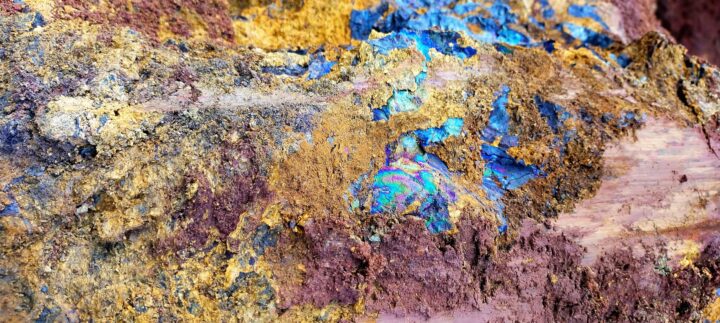Bio‐Domes from Wastewater Compliance Systems use naturally occurring biofilms to accelerate the removal of chemicals and organic materials in wastewater.
Benefits
- Sustainable
- Reduced cost
- Increased space
Applications
- Municipal and industrial wastewater treatment
- Aquaculture
UN Sustainable Development Goals Addressed
-

Goal 11: Sustainable Cities & Communities
-

Goal 12: Responsible Production & Consumption
-

Goal 15: Life on Land
Bioutilization
- Bacteria
The Challenge
Water is essential for human survival, and access to clean drinking water is critical for good health. Contaminated drinking water can cause numerous health concerns, including exposure to viruses. As the world population continues to grow, traditional wastewater treatment will quickly reach capacity. The machines will not be able to remove the additional contaminants, and there will not be enough land to construct more facilities. Wastewater lagoons offer a viable alternative by utilizing biofilms to remove toxins from water. However, biofilm growth is limited by the amount of surface area available for growth.
Innovation Details
Bio-Domes sit at the bottom of wastewater treatment lagoons and consist of concentrically nested domes that are infused with air from underneath. These domes are coated with naturally occurring biofilms and provide an additional 2800 square feet of space for biofilms to grow. This helps to more effectively reduce contaminants in the water such as ammonia and nitrogen, similar to the process that occurs in wetlands.

Biological Model
Healthy wetland ecosystems are commonly seen as natural water filtration systems because they can remove sediments and nutrients from the surrounding soil or water. Nutrients such as nitrogen and phosphorous are taken from the water by bacteria and wetland plants that consume these nutrients as they grow. Physical processes like filtering and sedimentation can also remove nutrients and particles from the water. These biological and physical processes interact with many other factors, such as temperature and land structure, to affect a wetland’s overall function.






